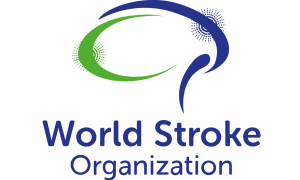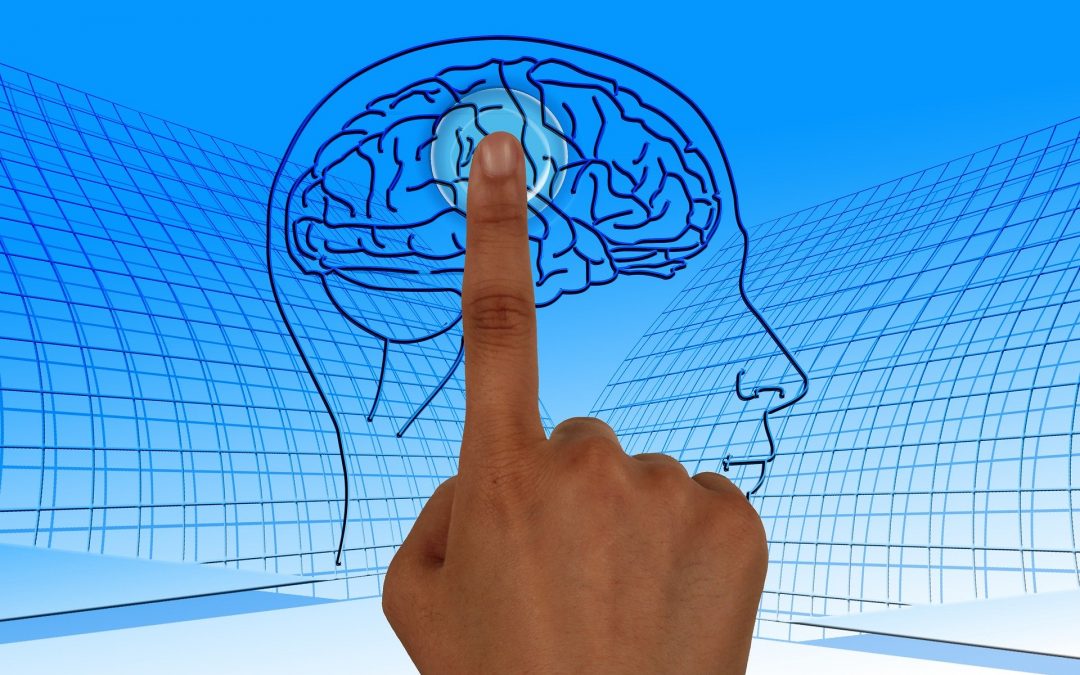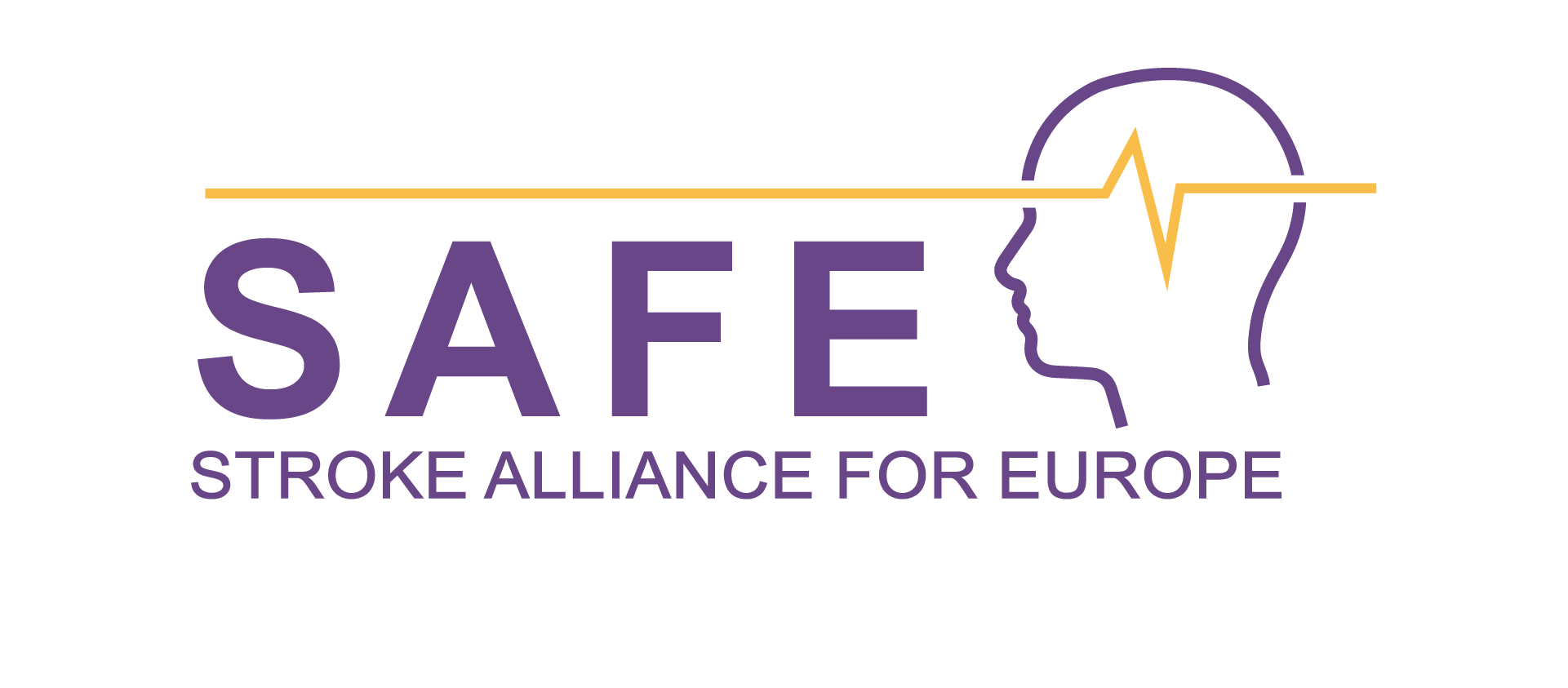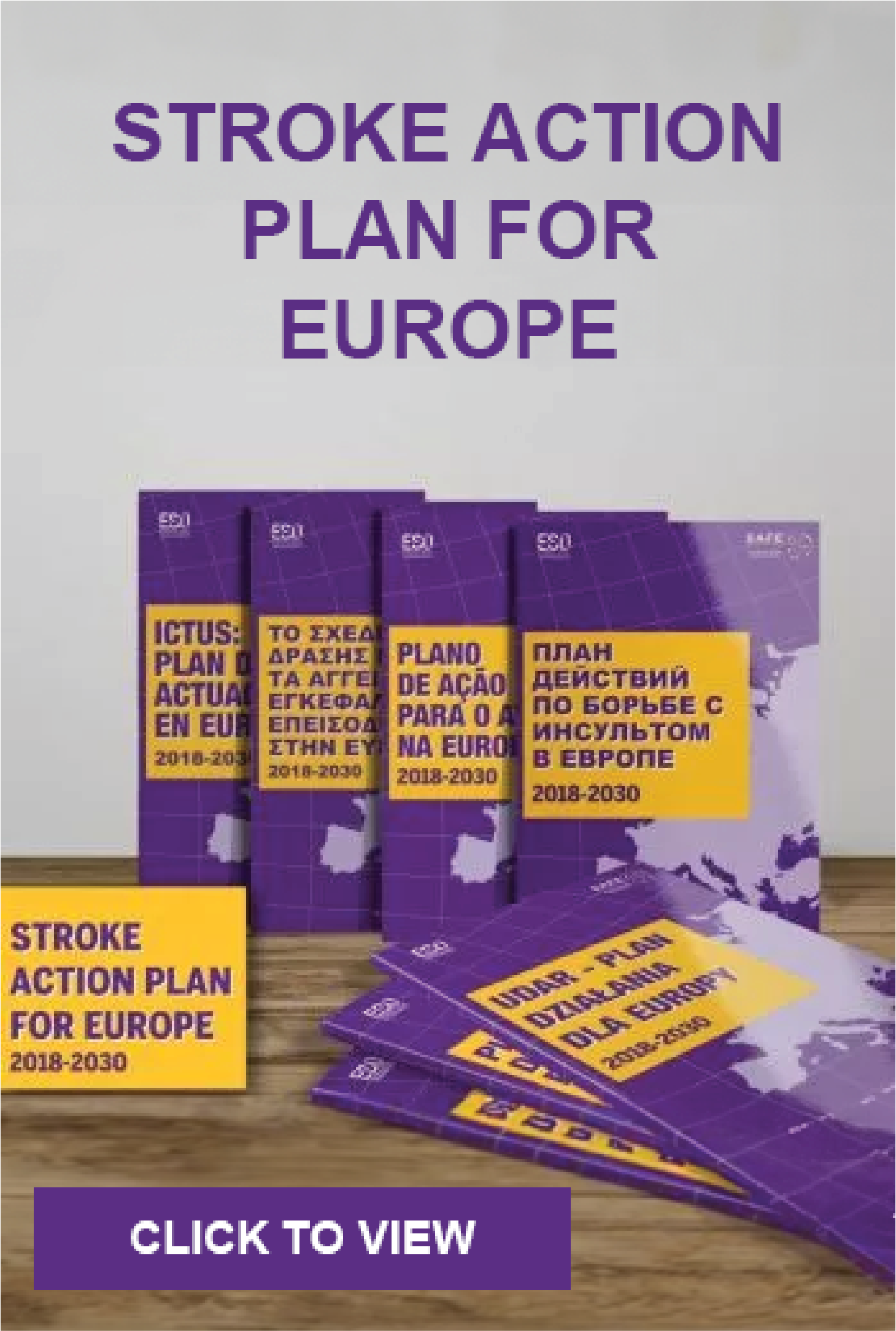
Sep 18, 2020
SAFE recently co-hosted the Stroke Action Plan for Europe ‘kick off’ meeting with the European Stroke Organisation. The Plan 2018-2030 outlines a set of key recommendations that if implemented would improve the care and outcomes for stroke patients and stroke survivors across the whole care pathway.
We brought together stroke support organisation and national scientific societies from all over Europe to discuss how the Plan could be implemented across all European countries. This is a very exciting step towards providing better support to stroke patents and stroke survivors. We look forward to sharing more information with you over the coming months.
Here is the press release for more information

Jul 6, 2020
The World Stroke Organsiation is running a three part series titled ‘Maintaining Stroke as a Priority’. In this series stroke support organisations from the Americas, Europe and Asia/Oceania have highlighted the impact of COVID 19 on people with lived experience of stroke across the stroke pathway, discussed the responses and innovations of stroke support organisations and signposted to patient education resources available globally. Join them for the last in their Maintaining Stroke as a Priority webinar series, 14:00 GMT/UK time, 09:00 EDT time, on Wednesday 8 July with:
- Juliet Bouverie (Stroke Association UK): Discharge/transitioning home
- Patrice Lindsay (Heart and Stroke Canada): Secondary prevention
Registration: https://us02web.zoom.us/webinar/register/WN_90ILNiK9Q2SBMbhZNux6Gg

Jul 1, 2020
Today we are launching a call for abstracts for the Ist European Life After Stroke Forum which will be held on 12 March 2021.
Our conference programme covers a range of topical issues in life after stroke as well as cutting-edge developments in response to COVID-19. The programme will comprise keynote lectures by eminent invited speakers supplemented by contributed talks and a poster session. Our draft programme is here.
We are now seeking abstracts for the Life After Stroke Forum, which may give those interested an opportunity to present either a ten-minute oral presentation or a poster presentation.
We are calling on for applications in two areas:
- Scientific applications: this may be for completed for ongoing trials and studies in the broad area of life after stroke.
- Grab and Steal: this is to share experiences of service developments in life after stroke where these original ideas and innovative practices could be used by others.
For more information on how to apply – click here.
“Life after stroke is a neglected area of the stoke care pathway. It is a particularly important issue for stroke survivors and their carers.
To address this issue, SAFE is organising a first of its kind event in Europe – a one day Life After Stroke Forum.
This will create an opportunity for those who have an interest in this area, whether from a research, policy, advocacy, or support oriented perspective, to come together to share and network.
As chair of the European Life After Stroke Forum scientific conference committee I am delighted that SAFE is launching its call for abstracts today. I am looking forward to receiving excellent applications, whether scientifically, or service development focused, from all over Europe”. Professor Avril Drummond
Image by mohamed Hassan from Pixabay

Mar 27, 2020
Source: World Stroke Organization
The Global Stroke Alliance Meeting, held in Rio de Janeiro, Brazil from March 11 to 14 was an innovative meeting that aimed to stimulate a global alliance to improve stroke care worldwide and to discuss the best strategies to implement evidence-based interventions access the continuum of care
 The Global Stroke Alliance Meeting brought together leaders from 20 countries around the world with extensive experience in the organization of stroke systems of care, alongside researchers, health professionals, health managers, scientific societies, private hospitals, industry and patients associations. There were 570 in person participants and several by teleconference, with live transmission from the main sessions. The meeting reached its goal of disseminating knowledge, exchanging experiences and creating action plans tailored to each region. All actors working together, joining initiatives and adding efforts in the same direction.
The Global Stroke Alliance Meeting brought together leaders from 20 countries around the world with extensive experience in the organization of stroke systems of care, alongside researchers, health professionals, health managers, scientific societies, private hospitals, industry and patients associations. There were 570 in person participants and several by teleconference, with live transmission from the main sessions. The meeting reached its goal of disseminating knowledge, exchanging experiences and creating action plans tailored to each region. All actors working together, joining initiatives and adding efforts in the same direction.
In addition to representatives of international stroke societies, several representatives of Ministry of Health of Brazil and Ministry of Latin American countries, Health Secretaries from States and Cities of Brazil, the meeting included a strong participation of Dr. Anselm Hennis, Director of Non-Communicable Diseases of Pan American Health Organization from Washington – that represents World Health Organization in Americas.
The dynamics of the event included a series of forums on the most diverse themes, in an attempt to cover all fronts related to the disease -research, political, logistical and educational.
You can read the full article here.
Image by Pete Linforth from Pixabay

Mar 9, 2020
First published on ARNI Institute for Stroke Rehabilitation website | March 9, 2020
Neuromodulatory non-invasive brain stimulation (NIBS) techniques are experimental therapies for improving motor function after stroke. The aim of neuromodulation is to enhance adaptive or suppress maladaptive processes of post-stroke reorganisation. However, results on the effectiveness of these methods, which include transcranial magnetic stimulation (TMS) and transcranial direct current stimulation (tDCS) are mixed. It’s posited that recent developments in NIBS technology will likely contribute to individualised therapy. Moving beyond single-area stimulation, targeting specific muscle groups that play different roles in post-stroke motor recovery (for example, finger flexors vs. extensors) may well be possible using multi-locus TMS. NIBS in stroke faces a challenge reminiscent of the development of other stroke therapies, such as thrombolysis and mechanical thrombectomy, where early studies were largely mixed before patient selection and individualising protocols were refined to determine its therapeutic potential.
So, researchers at UCL want to find out:
- How brain activity changes after someone has a stroke.
- If weak, non-invasive brain stimulation could encourage the brain into a pattern of brain activity which is useful for upper limb rehabilitation.
Please follow this link to red the full article.
Image by Gerd Altmann from Pixabay

Feb 28, 2020
European Stroke Organisation and World Stroke Organization Conference ESO-WSO 2020
May 12-15, 2020
Austria Center Vienna
Bruno-Kreisky-Platz 1
1220 Vienna, Austria
www.eso-wso-conference.org
The world’s largest and most important congress on the subject of stroke will take place in Austria’s capital from May 12 to 15. For the first time, the European Stroke Organisation (ESO) and the World Stroke Organization (WSO) are jointly organizing this expert conference. Around 6,500 participants are expected, including leading stroke specialists from all over the world. More than 3,000 abstracts have been submitted.
In addition to the initial presentation of large clinical studies, important current topics such as the increasing significance of thrombectomy will be discussed. Another major focus is stroke prevention, which is a global challenge.
For further details on the ESO-WSO 2020, please visit https://eso-wso-conference.org
If you have not yet put a placeholder in your diary for this important event, we encourage you to do so.
Media registration is open – please send an e-mail to reg_esowso20@kenes.com
Press contact
Urban & Schenk medical media consulting
Barbara Urban: +43 664/41 69 4 59, barbara.urban@medical-media-consulting.at
Harald Schenk: +43 664/160 75 99, harald.schenk@medical-media-consulting.at
Yours sincerely,
Prof. Jesse Dawson (ESO) Prof. Michael Brainin (WSO)
Co-Chair of the Conference Planning Group Co-Chair of the Conference Planning Group
Dr. Mira Katan, Prof. Patrik Michel, Prof. Stefan Kiechl, Dr. Vasantha Padma,
Dr. Diana Aquiar de Sousa, Dr. Yvonne Chun (PR Committee / Press Liaison)
Barbara Urban, Harald Schenk (PR Liaison)





 The Global Stroke Alliance Meeting brought together leaders from 20 countries around the world with extensive experience in the organization of stroke systems of care, alongside researchers, health professionals, health managers, scientific societies, private hospitals, industry and patients associations. There were 570 in person participants and several by teleconference, with live transmission from the main sessions. The meeting reached its goal of disseminating knowledge, exchanging experiences and creating action plans tailored to each region. All actors working together, joining initiatives and adding efforts in the same direction.
The Global Stroke Alliance Meeting brought together leaders from 20 countries around the world with extensive experience in the organization of stroke systems of care, alongside researchers, health professionals, health managers, scientific societies, private hospitals, industry and patients associations. There were 570 in person participants and several by teleconference, with live transmission from the main sessions. The meeting reached its goal of disseminating knowledge, exchanging experiences and creating action plans tailored to each region. All actors working together, joining initiatives and adding efforts in the same direction.




